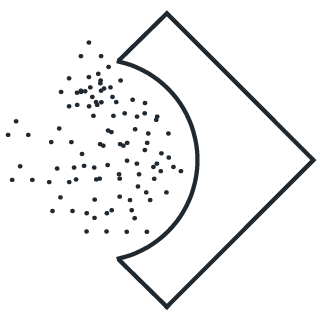Minerve
Fort V-straat
Edegem
Belgium
- Omgeving
Valerie Clarysse
A former industrial site where factories of car manufacturer Minerva and Agfa Gevaert were located for more than hundred years, is being transformed into a pleasant, sustainable and green living environment. The masterplan and landscape design focus on a fine-meshed connection with the surrounding area, including Fort V and the Krijgsbaan - a historic connection between all Brialmont forts around Antwerp.
The core of this brownfield development is the realization of high-quality green and car-free public living space, in combination with a harmonious image quality of housing projects to be constructed by various architects. All buildings will be linked to a heating network, supplied by residual heat from the nearby Agfa-Gevaert factory.
Living around a courtyard
Within the masterplan, POLO is designing two residential courts, located in the northwest of the site. Both buildings - a commercial and social residential development - are strongly related in urbanistic and architectural terms. Their red brick volumes house an enclosed semi-public space that - like a beguinage - can be entered from the surrounding public space.
In the first phase, sixty apartments and sixteen houses will be provided for a broad target audience. A southwest-oriented beam volume offers space for 16 terrace houses; compact starter units and future-oriented units for growing families in varying construction widths and heights. All houses have a private garden with bicycle shed and sun terrace. On the garden side, a door provides access to the green courtyard.
All 60 apartments are configured in a U-shaped volume. The varying building heights offer a wide diversity of home types and sizes, and also the potential for various private roof gardens. As semi-open patio gardens, they offer privacy and at the same time majestic views over the enclosed courtyard. Moreover, they generate subtle variations within the ensemble.
In a second phase, the 61 social residential apartments will be provided in an O-shaped building block that will function as an attractive gatehouse to the neighbourhood.
Soft mobility
To fully encourage bicycle use, a private bicycle shed is linked to each residential unit on the ground floor. Furthermore, bicycles can also be parked in the underground garage, which, in addition to 98 parking spaces, also houses private storage rooms and a spacious collective bicycle shed. The basement is easily and comfortably accessible for cyclists via a large bicycle lift.
Contextualism
In addition to the typomorphological idea of the residential courtyard clusters, the attractive image quality is also achieved by the chosen facade materials and compositions. A layered composition consisting of different masonry bonds, each with the same regional red brick, originates largely from a close reading of the surrounding context - the former industrial site and a nearby garden suburb – and the ambition to pay tribute to its related crafts(men).
















